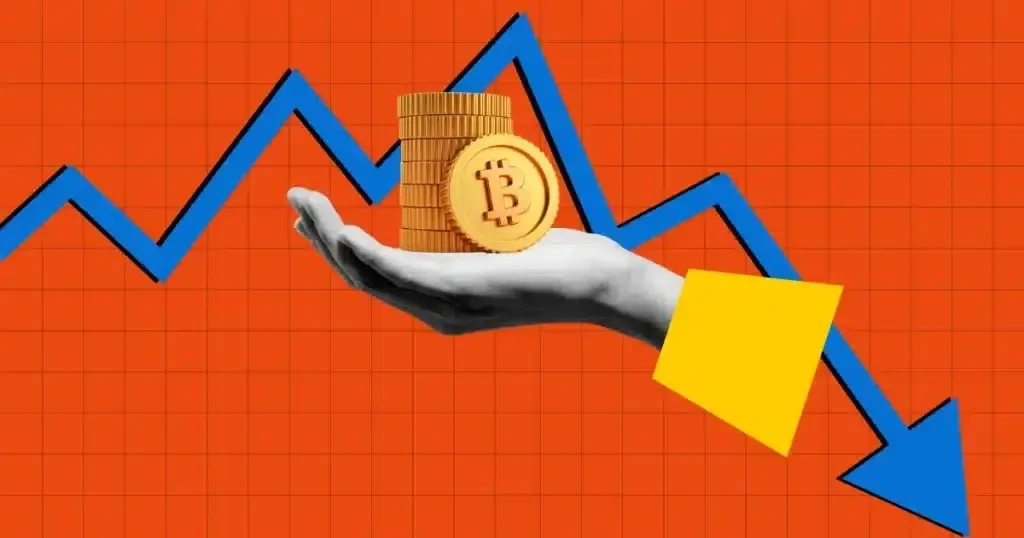Full statement from the Reserve Bank of Australia: Interest rates remain unchanged, inflation expectations raised
The committee believes that caution should be maintained, and that outlook assessments should be continuously updated as data changes. There remains a high level of concern regarding the uncertainty of the outlook, regardless of its direction.
On Tuesday, November 4, the Reserve Bank of Australia decided to keep the cash rate unchanged at 3.60%. The bank stated that recent inflation has risen, with core inflation increasing from 2.7% to 3.0%, higher than expected. Domestic economic activity is recovering, but the outlook remains uncertain. Although the labor market has eased, it is still tight, wage growth has slowed, but unit labor costs remain high. The central bank will closely monitor data and risks to achieve price stability and full employment.
Full Policy Statement
At today’s meeting, the Committee decided to keep the cash rate at 3.60%.
Recent Uptick in Inflation
Since peaking in 2022, inflation has fallen sharply as higher interest rates have helped bring total demand and potential supply into better balance. However, inflation has recently risen again. Adjusted core inflation rose by 1.0% in the September quarter, with a year-on-year rate of 3.0%, higher than the 2.7% in the June quarter and significantly above the expectations in the August Monetary Policy Statement. Due to the end of electricity subsidies in several states, overall inflation in the September quarter rose sharply year-on-year to 3.2%, with a significant portion of this increase previously anticipated.
The Committee believes that part of the rise in core inflation in the September quarter was due to temporary factors. According to the baseline forecast in the November Monetary Policy Statement (which technically assumes another rate cut in 2026), core inflation is expected to rise above 3% in the coming quarters, then fall back to 2.6% in 2027.
Domestic Economic Activity is Recovering, but Outlook Remains Uncertain
Consumption data indicate that the momentum of private demand recovery in the June quarter is continuing. The real estate market remains strong, showing that recent rate cuts are having an effect. Housing prices are rising, and residential construction costs have started to increase again after a period of weak growth. Credit remains relatively abundant for households and businesses.
Multiple indicators show that despite some recent easing, the labor market remains somewhat tight. Employment growth has slowed more than expected, with the unemployment rate rising from 4.3% in August to 4.5% in September. However, labor underutilization remains at a low level, and job vacancies are still high, with business surveys and communications indicating that a considerable proportion of firms are still facing recruitment difficulties. Excluding quarterly fluctuations, wage growth has retreated from its peak, but productivity growth remains weak, and unit labor cost growth is still high.
Recent domestic and international developments have brought uncertainty to the outlook for economic activity and inflation. Domestically, if the recovery in private demand continues to exceed expectations, it could push up labor demand, increase capacity pressures, and make it easier for firms to pass on cost increases to consumers. Conversely, the improvement in private demand may also prove difficult to sustain.
Global economic uncertainty remains high, but so far the impact on overall growth and trade has been limited, and many forecasting agencies have raised their short-term global growth expectations. Developments in trade policy are expected to continue to adversely affect global growth in the future. In addition to tariffs, broader geopolitical risks continue to pose threats to the global economy. These factors may collectively restrain overall demand growth and lead to weaker domestic labor market conditions.
In addition, there is considerable uncertainty regarding the current slightly tight stance of monetary policy, the lagged effects of recent easing policies, the balance between total demand for goods and services and potential supply, labor market conditions, and the outlook for productivity growth. These uncertainties pose two-way risks to the outlook for inflation and employment.
Maintaining Price Stability and Full Employment Remain Top Priorities
The latest inflation data show that there may still be some inflationary pressures in the economy. With private demand recovering and the labor market still somewhat tight, the Committee believes it is appropriate to maintain the current cash rate level at this meeting. Financial conditions have eased since the beginning of the year, but the full effects of previous rate cuts still need time to emerge. Taking this into account, as well as recent signs of persistent inflation, the Committee believes it should remain cautious and continually update its outlook as data evolve. The Committee remains highly attentive to uncertainty in the outlook, regardless of its direction.
The Committee will closely monitor data and the evolution of the outlook and risks to guide its decisions. In this process, it will focus on developments in the global economy and financial markets, domestic demand trends, and the outlook for inflation and the labor market. The Committee will focus on fulfilling its duties to maintain price stability and achieve full employment, and will take whatever actions it deems necessary to achieve these goals.
Resolution
Today’s policy decision was passed unanimously.
Disclaimer: The content of this article solely reflects the author's opinion and does not represent the platform in any capacity. This article is not intended to serve as a reference for making investment decisions.
You may also like
Why is the current crypto market operating at a hell-level difficulty?
More than 90% of crypto assets are essentially driven by speculation. However, pure speculation is not a perpetual motion machine; when market participants lose interest or are unable to continue profiting, speculative demand will diminish.

Practical Analysis: How Traders Achieve a Comeback Victory in AI-Dominated Crypto Competitions

Crypto "No Man's Land": Cycle Signals Have Emerged, But Most People Remain Unaware

Bitcoin price gets $92K target as new buyers enter 'capitulation' mode
